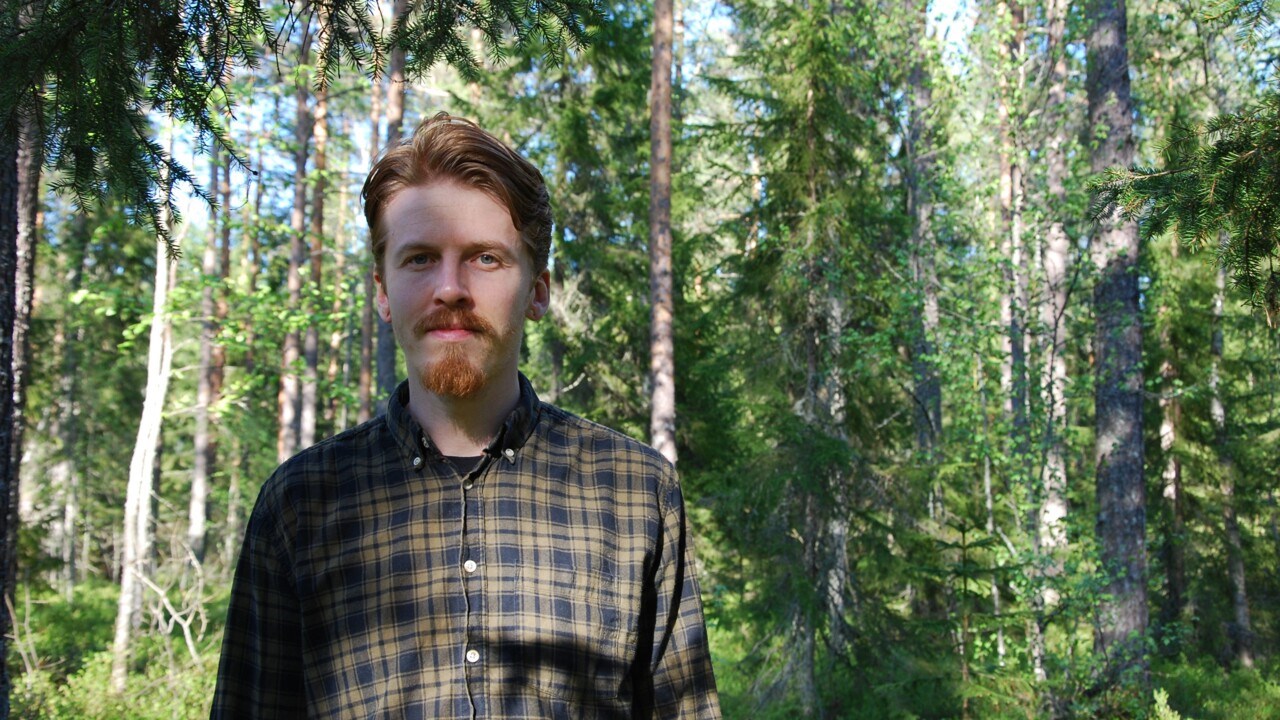About the dissertation:
On Wednesday, 1st of June 2022, Andreas Schneider, Umeå Plant Science Centre and Department of Plant Physiology, Umeå University, will defend his PhD thesis with the title: Perturbance and stimulation - using nitrogen addition and high throughput sequencing to study fungal communities in boreal forests. The disputation will take place at 9:00 o’clock in Carl Kempe salen KBE303, Umeå University. Faculty opponent will be Colin Averill, from ETH Zurich, Switzerland.



